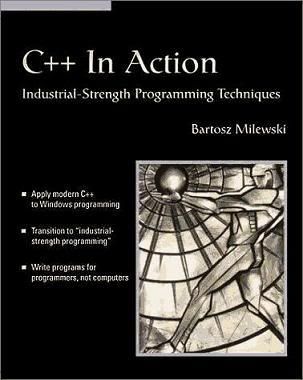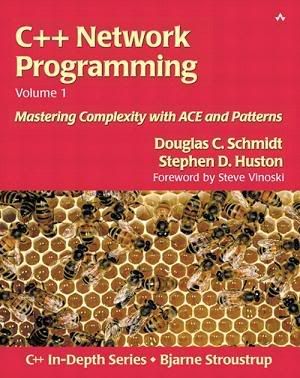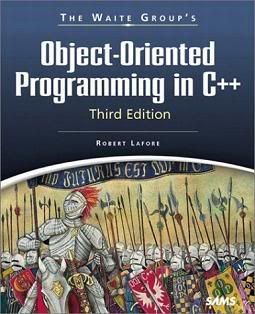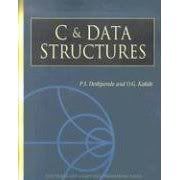
Product Description
Divided into three separate sections, C & Data Structures covers C programming, as well as the implementation of data structures and an analysis of advanced data structure problems. Beginning with the basic concepts of the C language (including the operators, control structures, and functions), the book progresses to show these concepts through practical application with data structures such as linked lists and trees, and concludes with the integration of C programs and advanced data structure problem-solving. The book covers a vast range of data structures and programming issues, such as syntactic and semantic aspects of C, all control statements in C, concepts of function, macro, files and pointers with examples, graphs, arrays, searching and sorting techniques, stacks and queues, files, and preprocessing. C & Data Structures provides a comprehensive guide to all the data types in C with internal implementation, while providing examples to demonstrate their behavior.
About the Author
P.S. Deshpande is a faculty member in the Department of Computer Science at Visvesvarya National Institute of Technology. He has acted as a consultant to various government and private organizations in the field of database management, software engineering, data warehousing, WAP, and J2EE design patterns, and has published a number of papers on Oracle, data warehousing, and programming languages.
O.G. Kakde is also a faculty member in the Department of Computer Science at Visvesvarya National Institute of Technology. He has done consulting work for the government as well as private organizations in the fields of embedded systems, language translators, WAP, and several programming languages. He is the author of Algorithms for Compiler Design.
download



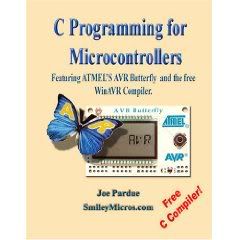
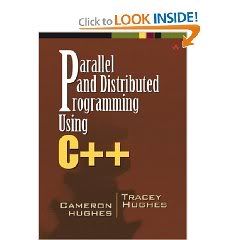

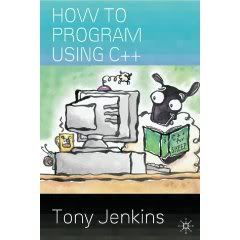





 With Beginning C: From Novice to Professional, Fourth Edition, you'll come to understand the fundamentals of the C language and learn how to program. All you need is this book and any one of the widely available free or commercial C or C++ compilers–and you'll soon be writing real C programs. You'll learn C from the first principles, using step-by-step working examples that you'll create and execute yourself.
With Beginning C: From Novice to Professional, Fourth Edition, you'll come to understand the fundamentals of the C language and learn how to program. All you need is this book and any one of the widely available free or commercial C or C++ compilers–and you'll soon be writing real C programs. You'll learn C from the first principles, using step-by-step working examples that you'll create and execute yourself.
 Data Structures and Problem Solving Using C++ provides an introduction to data structures and algorithms from the viewpoint of abstract thinking and problem solving, as well as the use of C++. It is a complete revision of Weiss' successful CS2 book Algorithms, Data Structures, and Problem Solving with C++.
Data Structures and Problem Solving Using C++ provides an introduction to data structures and algorithms from the viewpoint of abstract thinking and problem solving, as well as the use of C++. It is a complete revision of Weiss' successful CS2 book Algorithms, Data Structures, and Problem Solving with C++.  * Seasoned C++ programmer Matthew Telles shows developers at any level of experience how to save hours by improving, refactoring, and debugging their code
* Seasoned C++ programmer Matthew Telles shows developers at any level of experience how to save hours by improving, refactoring, and debugging their code


 Embedded software is in almost every electronic device designed today.There is software hidden away inside our watches, microwaves, VCRs, cellular telephones, and pagers; the military uses embedded software to guide smart missiles and detect enemy aircraft; communications satellites, space probes, and modern medicine would be nearly impossible without it. Of course, someone has to write all that software, and there are thousands of computer scientists, electrical engineers, and other professionals who actually do. Each embedded system is unique and highly customized to the application at hand. As a result, embedded systems programming is a widely varying field that can take years to master. However, if you have some programming experience and are familiar with C or C++, you’re ready to learn how to write embedded software. The hands-on, no-nonsense style of this book will help you get started by offering practical advice from someone who’s been in your shoes and wants to help you learn quickly. The techniques and code examples presented here are directly applicable to real-world embedded software projects of all sorts. Even if you’ve done some embedded programming before, you’ll still benefit from the topics in this book, which include:
Embedded software is in almost every electronic device designed today.There is software hidden away inside our watches, microwaves, VCRs, cellular telephones, and pagers; the military uses embedded software to guide smart missiles and detect enemy aircraft; communications satellites, space probes, and modern medicine would be nearly impossible without it. Of course, someone has to write all that software, and there are thousands of computer scientists, electrical engineers, and other professionals who actually do. Each embedded system is unique and highly customized to the application at hand. As a result, embedded systems programming is a widely varying field that can take years to master. However, if you have some programming experience and are familiar with C or C++, you’re ready to learn how to write embedded software. The hands-on, no-nonsense style of this book will help you get started by offering practical advice from someone who’s been in your shoes and wants to help you learn quickly. The techniques and code examples presented here are directly applicable to real-world embedded software projects of all sorts. Even if you’ve done some embedded programming before, you’ll still benefit from the topics in this book, which include: C++/CLI: The Visual C++ Language for .NET introduces Microsoft's new extensions to the C++ syntax that allow you to target the common language runtimethe key to the heart of the .NET 3.0 platform. In 12 no-fluff chapters, Microsoft insider Gordon Hogenson takes you into the core of the C++/CLI language and explains both how the language elements work and how Microsoft intends them to be used. Compilable code samples illustrate the syntax as simply as possible, and more elaborate code samples show how the new syntax might typically be used.
C++/CLI: The Visual C++ Language for .NET introduces Microsoft's new extensions to the C++ syntax that allow you to target the common language runtimethe key to the heart of the .NET 3.0 platform. In 12 no-fluff chapters, Microsoft insider Gordon Hogenson takes you into the core of the C++/CLI language and explains both how the language elements work and how Microsoft intends them to be used. Compilable code samples illustrate the syntax as simply as possible, and more elaborate code samples show how the new syntax might typically be used.

 Organized in a practical problem-and-solution format, More Exceptional C++ picks up where the widely acclaimed Exceptional C++ leaves off, providing successful strategies for solving real-world problems in C++. Drawing from years of in-the-trenches experience, Herb Sutter provides tested techniques and practical solutions for programmers designing modern software systems with C++, from small projects to enterprise applications.
Organized in a practical problem-and-solution format, More Exceptional C++ picks up where the widely acclaimed Exceptional C++ leaves off, providing successful strategies for solving real-world problems in C++. Drawing from years of in-the-trenches experience, Herb Sutter provides tested techniques and practical solutions for programmers designing modern software systems with C++, from small projects to enterprise applications.
